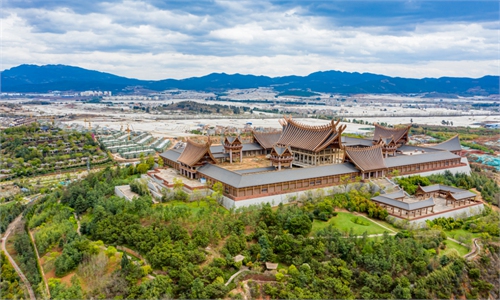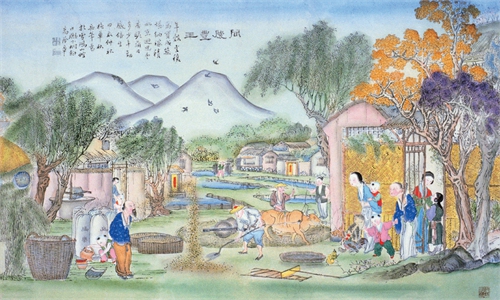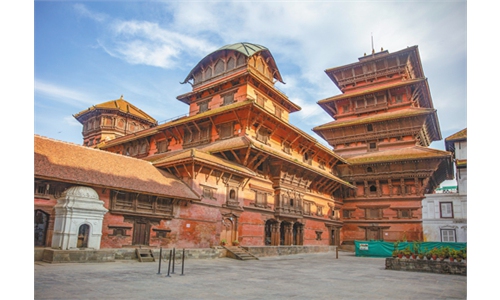ARTS / CULTURE & LEISURE
Another 100 classic 20th century buildings revealed
Selections leave significant marks in history
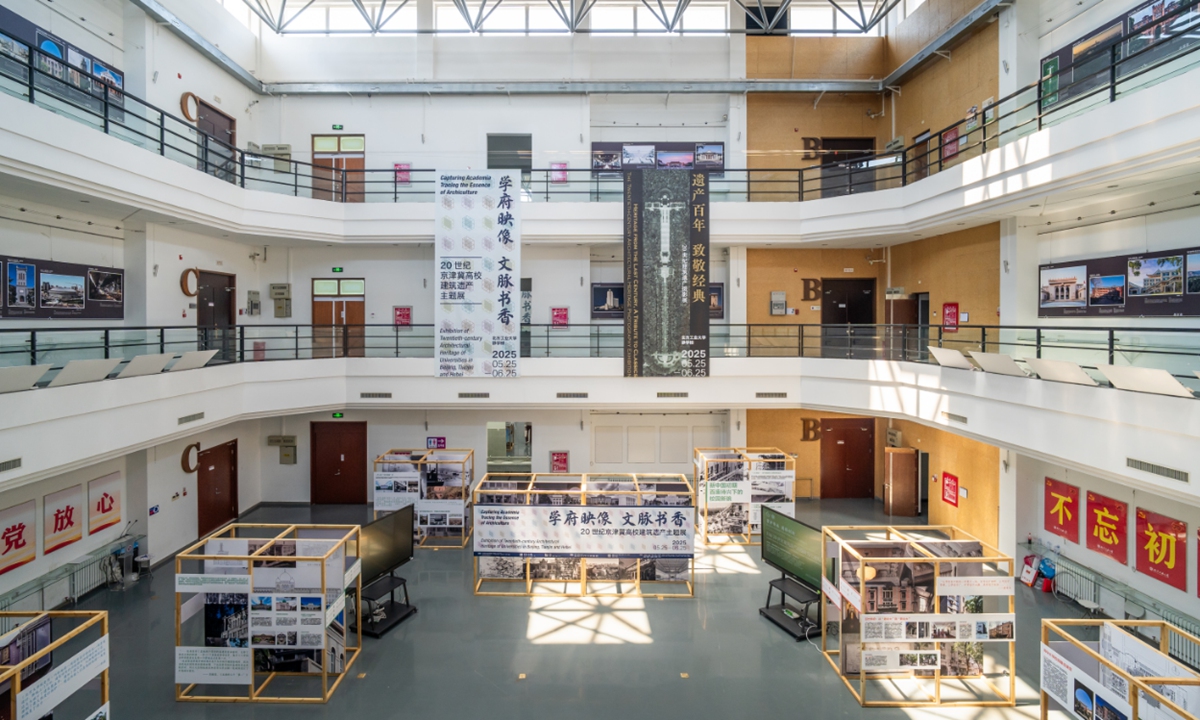
Photo: Courtesy of the Chinese Society of Cultural Relics
An additional 100 classic buildings have been included in the 10th batch of China's 20th Century Architectural Heritage Projects, an initiative started by the Chinese Society of Cultural Relics and the Architectural Society of China 10 years ago, in a bid to unearth the buildings' cultural and historical value and explore the promotion of high-quality urban renewal through architectural heritage protection.Shan Jixiang, chairman of the China Cultural Relics Academy and director of the Academic Committee of the Palace Museum, conveyed to the Global Times the significance of these initiatives as crucial conveyors of modern Chinese culture and symbols of the nation's journey towards modernization.
According to Shan, such heritages are not just reflections of the uninterrupted history of cities, but the conservation of these structures also links their historical narrative, laying a foundation for their protection in the future.
The list was revealed at a seminar themed "Heritage Conservation and Innovative Interpretation" held in Beijing from Sunday to Monday. The 10th batch of China's 20th Century Architectural Heritage Projects were distributed in 26 provinces and regions, including 10 projects in Beijing, seven in Shanghai, seven in East China's Anhui Province, and five in East China's Jiangsu Province.
According to the organizer, from the 100 entities, one can see that while these heritage projects had a nationwide focus, they also place greater emphasis on grassroots engagement and better serve the achievements of China's development.
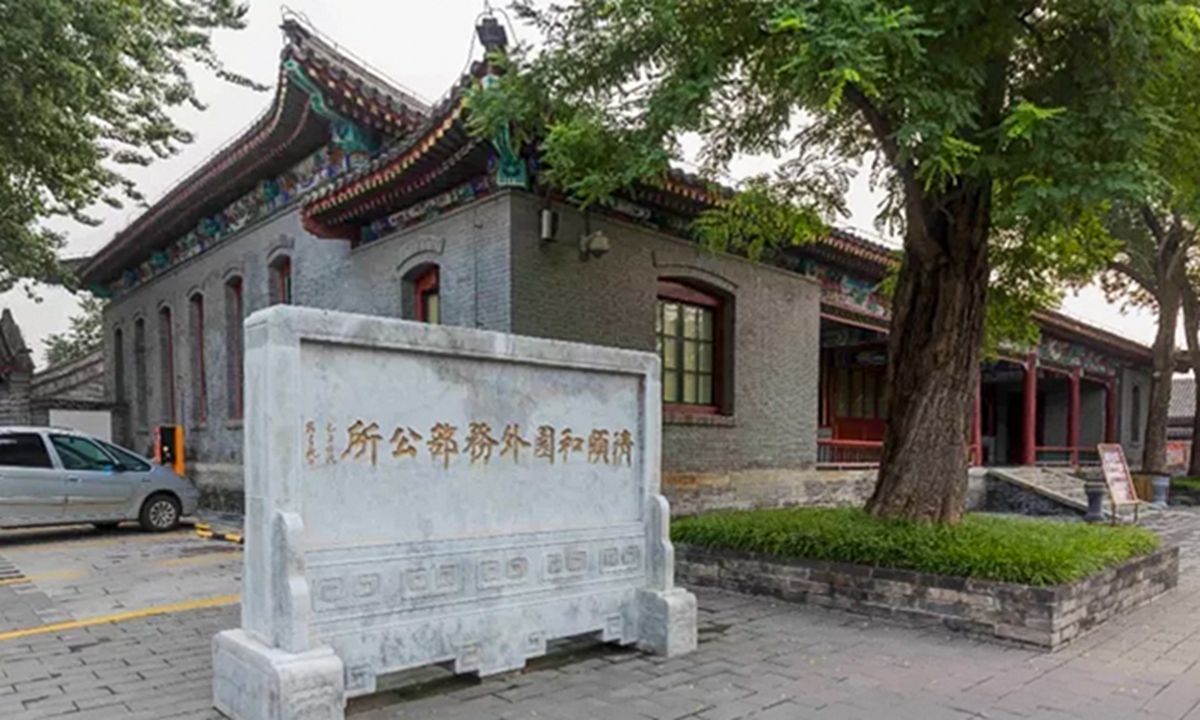
The building of the Summer Palace's Foreign Affairs Office combines Chinese and Western architectural features. The building has been put into the 10th batch of China's 20th Century Architectural Heritage Projects. Photo: Courtesy of the Chinese Society of Cultural Relics
According to the Beijing Daily, each of the newly selected architectural heritage projects in Beijing has left a significant mark in history. For instance, the Summer Palace's Foreign Affairs Office, which blends Chinese and Western architectural features, is an important testament to the modernization of Chinese architecture. Additionally, the "Special Building" in Zhongguancun, a place of innovation boosted by Chinese startups, serves as a physical testament to the spirit of scientists, chronicling the history of scientific development since New China's establishment in 1949.Located in Keyuan community in the Haidian district, the "Special Building," officially called the "Special Expert Buildings," are three dormitory buildings built in the early 1950s for top domestic scholars and Chinese scientists returning from overseas, according to the Xinhua News Agency. More than 60 distinguished scientists had lived there, including Qian Xuesen, who is considered one of the founding fathers of China's space industry, and Qian Sanqiang, a renowned Chinese nuclear physicist and one of the founders of China's nuclear industry.
Since September 2016, when the first batch of China's 20th Century Architectural Heritage Projects was revealed, there have been 1,000 architectural heritage projects introduced to the public. The buildings, covering 31 provinces and regions across the country, span the fields of culture, education, industry, transportation, science and technology, military, medicine, sports, commerce and entertainment, and even include residential areas.
"The number 1,000 is just a starting point," said Ma Guoxin, an academician with the Chinese Academy of Engineering, during the meeting, emphasizing that the architectural heritage of the 20th century in China is vast and much of its value remains unseen and misunderstood.
He said that the introduction of the projects is just the first step and there should be further academic research followed to unearth the cultural value and historical memory of the architectural heritage projects, and to strike a balance between preservation and utilization.
Echoing Ma's opinion on the importance of preserving 20th-century architectural heritage, Shan told the Global Times that these projects served as a vital carrier of modern Chinese civilization and are a testament to China's modernization efforts.
Shan highlighted the pioneering efforts initiated by academician Ma in 2004 to protect 20th-century heritage, leading to the establishment of milestones in heritage conservation. Shan said these heritages not only embody the continuity of urban history, such as a city like Beijing with over 700 years of history, but through the preservation of these buildings, their historical chain can be connected, providing a basis for future protection.
Currently, there are 148 20th-century architectural heritage projects in Beijing, according to the Beijing Daily.
The selection of the architectural heritage projects reflects China's constant effort to protect culture relics. The year 2025 marks the 40th anniversary of China's accession to the UN's Convention Concerning the Protection of the World Cultural and Natural Heritage. China's revised Cultural Relics Protection Law, which emphasizes the national will for the protection of cultural relics and heritage, came into effect on March 1, 2025.
Gu Yucai, the president of the Chinese Society of Cultural Relics, pointed out during the seminar that 20th-century architectural heritage is a crucial carrier of the Chinese nation's modern civilization and the realization of Chinese modernization. He advocated for increased attention, exploration, and revisional research on such architectural works, especially how to balance urban construction and architectural heritage conservation.
The meeting also announced the start of the compilation of An Introduction to 20th Century Architectural Heritage. The book is expected to fill the gap in domestic and international educational materials on 20th-century architectural heritage, demonstrating the work of over a decade of continuous research and cultivation by China's architectural and cultural heritage community.

